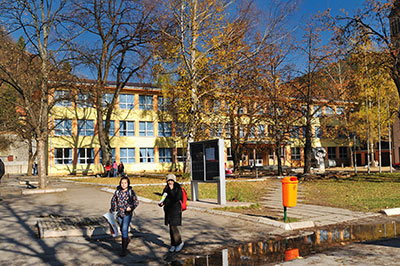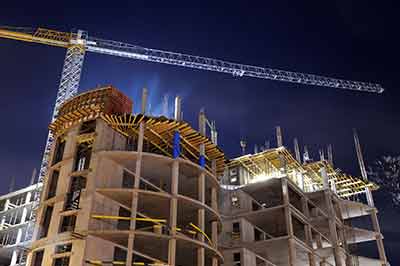Edwards, N., 2006
This qualitative study examined the ways in which middle school and high school students in an urban school district responded to being educated in facilities in some state of disrepair. The purpose of this research study was to arrive at a level of understanding with respect to urban students’ attitudes, perceptions and beliefs regarding the physical environment(s) in which they had been educated. The core questions which guided this research were: 1.) To what extent do students perceive their academic achievement, motivation and/or personal conduct is positively or negatively affected by the condition of the facility in which they are educated? 2.) In what ways does the condition of an educational facility affect students’ perceptions of the overall quality of the teaching and administrative staffing within their building? 3.) In what ways does the condition of an educational facility affect students’ perceptions of the degree to which their school district values their education and personal safety?











